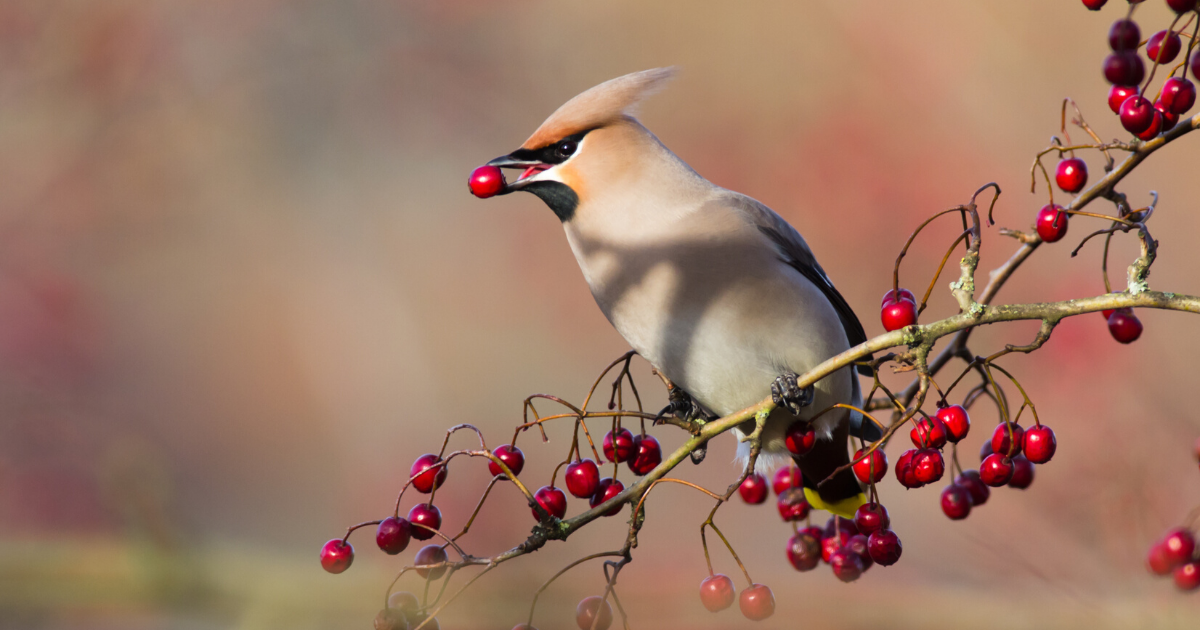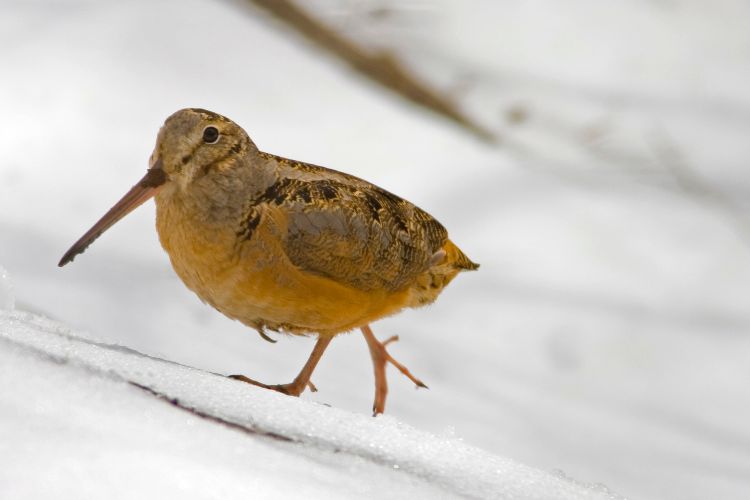
Published December 20, 2019
Let’s Go Birding | The Elusive Cedar Waxwing
By Laura Carberry
While in the car recently, my daughter and I were playing 20 Questions. Now mind you, this 10-year-old brings the “National Geographic Field Guide of Birds of North America” to school to occupy her during downtime. She had chosen a species of bird and I had 20 clues to try and name the exact North American bird she had in mind.
Does it live in RI? Yes.
Is it a duck? No.
Is it the size of crow? Smaller.
Warbler size? Bigger.
Robin Size? Yes!
And this went on and on, until…
Is it yellow? A tiny bit.
A tiny bit? How can this 10-year-old be stumping me? I gave up and she exclaimed “I can’t believe you didn’t pick my favorite bird, Mom!” The Cedar Waxwing, of course! Its tail looks as if it has been dipped in bright yellow and it has tiny red spots on its wings.
This bird is absolutely amazing to observe with a crested head and a black mask. The Cedar Waxwing truly looks as though an artist may have pulled it from a painting. I have been trying to find one with my daughter. I can easily recognize the high pitch “bzeee” sound that Cedar Waxwings make as they fly or feed. But every time I hear it, they fly away before my daughter spots it.
However, the fall and winter seasons are some of the best times to see them. Cedar Waxwings are highly social birds and will group together in small flocks. They are attracted to fruits and berries. With no leaves to conceal them, you can often find them feeding in crabapple, winterberry, cedar, and ornamental fruit trees.
The species can be found in Rhode Island year-round in a variety of habitats, but they prefer to be near water during the breeding season and enjoy being close together. Sometimes you can find 15 different Cedar Waxwings all nesting all in the same vicinity. Although they are primarily fruit eaters, in the summer they switch to protein-rich insects to feed their young.
The Cedar Waxwing population has stayed constant over the years and has even increased in some areas due to ornamental plantings of fruit trees. If you would like to attract them to your yard, planting winterberry, cedar and crabapple can be helpful.
I hope you get out birding soon and catch a glimpse of this magnificent bird. If I am lucky, my daughter will see one too, and then we can move on to another species in our game of 20 Questions.




















